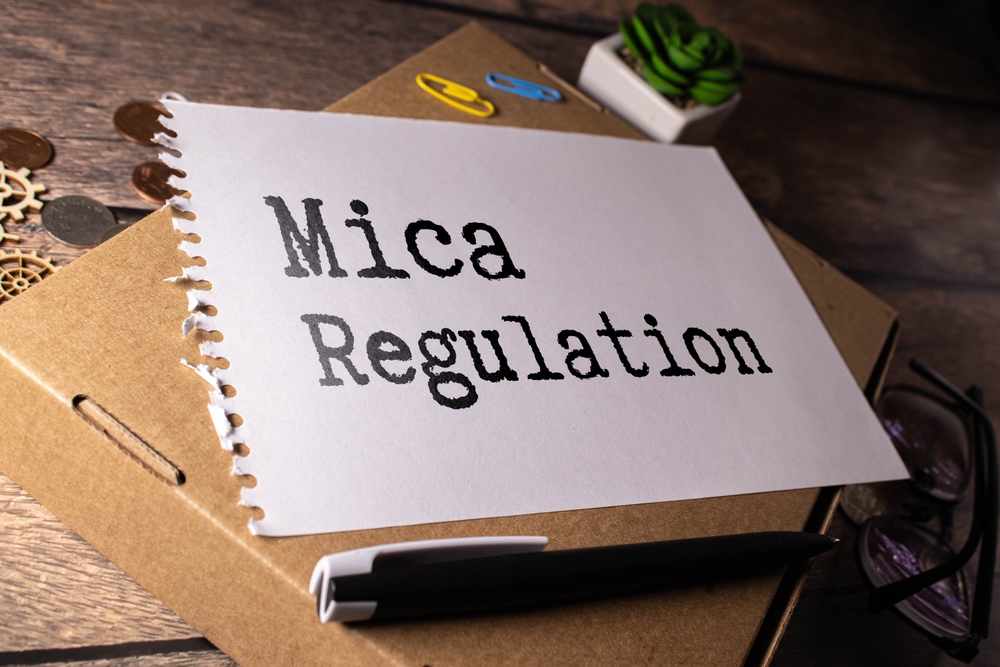EU regulators unveil standardized crypto-asset grouping under MiCA with a new test and regulations to promote uniformity across the market as guidelines commence.
European Union (EU) regulators have provided new regulations permitting pertinent market participants to categorize cryptos and digital assets under the Markets in Crypto-Assets Regulation (MiCA).
On July 12, the European Banking Authority (EBA), the European Securities and Markets Authority (ESMA), and the European Insurance and Occupational Pensions Authority (EIOPA) unveiled a consultation paper meant to explain and standardize the said assets’ categorization across the region.
Crypto Classification under MiCA
The recently unveiled regulations offer a structured approach to categorizing different crypto assets. This entails establishing if a token falls under Markets in Crypto-Assets Regulation via question-founded prompts. Examples include the issuer’s identity and whether the token is founded on the blockchain or a financial instrument.
Secondly, the structured approach aids in establishing if the token under consideration meets the requirements of a standard crypto asset under MiCA. It is also critical to determine whether it can be categorized as another form of asset, for instance, an asset-referenced token (ART) or an e-money token (EMT).
ART issuers should include a legal perspective in their white papers, vividly describing the tokens’ classification. The perspective must verify that the tokens are not EMTS or other categories of crypto assets that are not within MiCA’s scope. Concerning crypto assets not under the EMTs or ARTs categories, the white papers should provide information explaining their categorization.
European Union MiCA Conformity
The regulators urge market stakeholders to provide opinions concerning the consultation paper by mid-October. A virtual hearing will be held on September 23. On X, Patrick Hansen noted that the guidelines are ‘quite beneficial’ and claimed he has witnessed ‘several individuals getting token categorizations wrong under MiCA.’ Hansen is the senior director of European Union strategy and policy at Circle.
Circle was one of the initial stablecoin issuers to adhere to MiCA. This means that its EURC and USDC currently comply with the most recent guidelines. This comes after the initial set of guidelines under MiCA came into force at the end of June. These regulations targeted stablecoins as well as stablecoin issuers. The next MiCA guidelines are expected to come into effect by the end of this year.
The Cardano Foundation unveiled sustainability indicators in adherence to the imminent MiCA six months before implementation.
Meanwhile, crypto exchanges have announced adjustments to their offers to comply with MiCA. The greatest casualty is stablecoin offerings with the most signaling the decision to delist Tethers USDT from services offered to the bloc.


